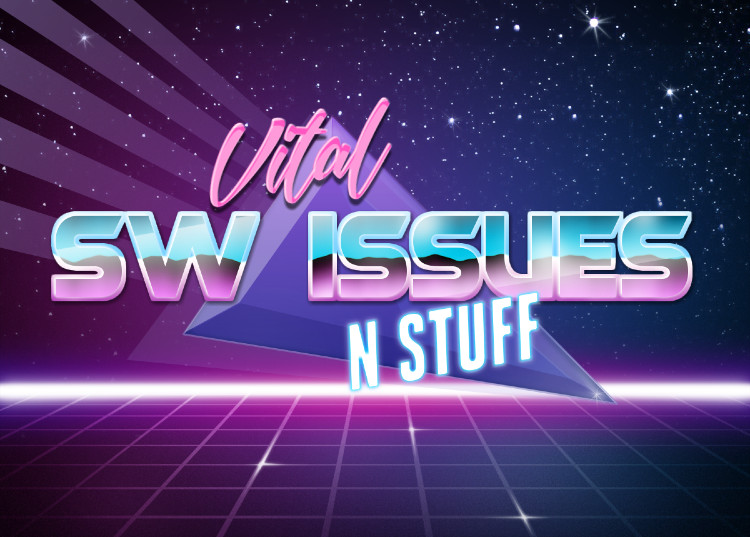Posted on November 1, 2018
Story Points at Coco Beach bar
Consider you asking a waiter how long it takes to deliver the meal and all he says is: "Can't tell you that, but I can tell you how complex it is to prepare". That's what story points are about. I already wrote about story points in the last post but copied a snippet to this cartoon.Although story points have nothing to do with scrum (invented by Mountain Goat Software), many companies use these to estimate their tasks. Story Points are a bit special because they don't tell you anything about how long a task takes, but rather how complex a task may be to complete. In theory, a task can be very trivial and still take longer because it may invole a lot of monotonous activity to complete the task. On the other hand, a complex task can be completed within an hour or day depending on the skill of the one who is implementing it.
Although I have worked with Story Points for the past 10 years, I am still swinging between two different mindsets. I still can't decide if it is a cool tool or just a buzzword. The paradox of this measurement is the fact that on one hand you don't measure how long you have for a task, but you still do it indirectly because you take these SP numbers to fill the sprint. This is per se exactly the same as if I measured the hours I have for a task, because we fill the sprint only with a limited number of hours/days available. But, story points help you understand much faster when a task gets too complex. Since you are using fibonacci numbers, you get alerted right away if you have a task estimated higher than 8. There is no 9, no 10, the next number is 13. This huge jump is a great warning sign and leads you to rethink the size of the story.
(Source: Simply the Test)


Recent Comments